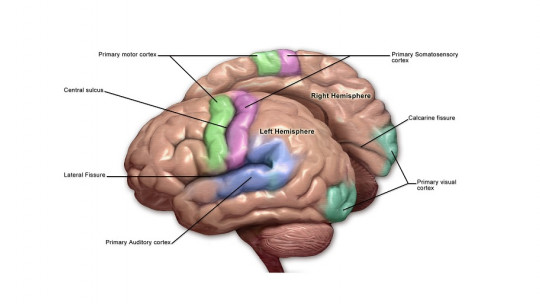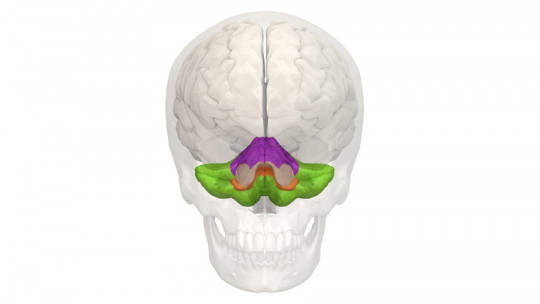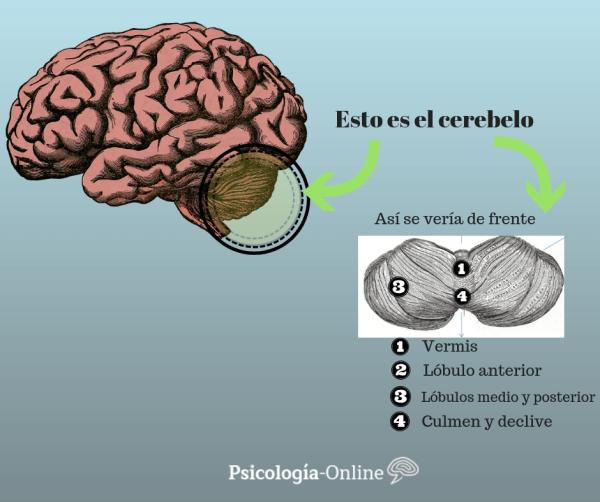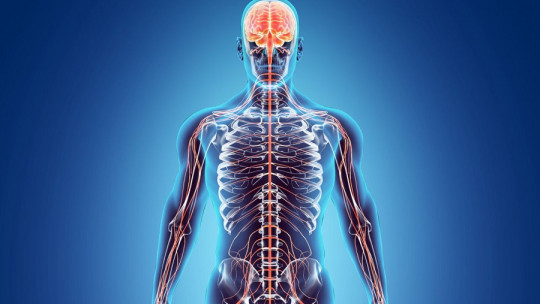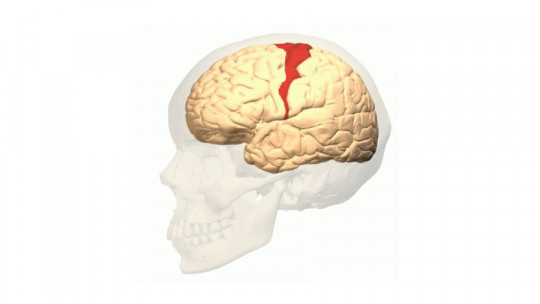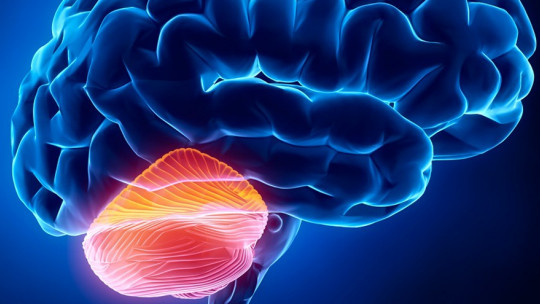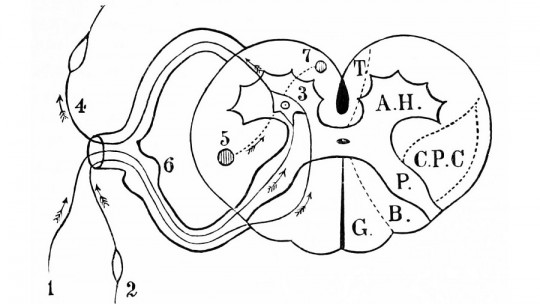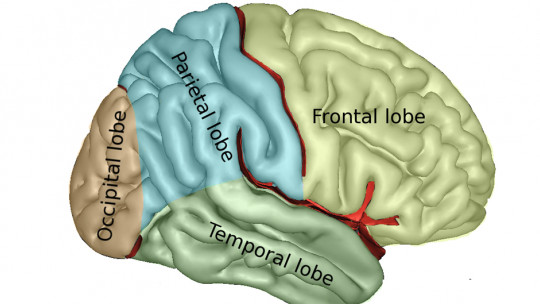It is often said that human beings are not coordinated, not only when interacting with other people, but also in some projects that we face. Sometimes, what we tell ourselves we are going to do is not coordinated with our actions. This same thing could be transferred to the body, since it is possible that there is no coordination between the different parts that make it up.
On certain occasions, fatigue and daily stress produce involuntary movements that do not correspond to the thoughts we had. However, there are other situations that represent important problems that we must take into consideration. In this PsychologyFor article, we will provide you with information about the types of ataxia and their characteristics
What is ataxia and its effects
What is ataxia? Ataxia is a motor disorder which affects coordination proper movements of different parts of the body. In general terms, this usually causes difficulties in the person’s precision and speed, as it can affect the way they speak, walk or move within a certain space.
As it is a degenerative process, the effects of ataxia can arise in the short, medium and long term, depending on the characteristics of each person and the intensity of the clinical condition. Likewise, these types of conditions can seriously impair quality of life of people if they do not receive early treatment based on recognized clinical studies and endorsed by the scientific community.
Dominant and recessive hereditary ataxias
First of all, we must take into account that to Some ataxias can be inherited through the transmission of genetic information of a person’s parents. In turn, this type of hereditary ataxias can be classified as dominant or recessive, depending on the nature of each of them.
Next, we explain the characteristics of dominant and recessive hereditary ataxias:
Dominant hereditary ataxias
Dominant hereditary ataxias correspond to those conditions in which dominant genes that cause ataxia predominate In other words, in this type of hereditary ataxias, the genes that transmit the motor disorder hereditarily are manifested.
Recessive hereditary ataxias
Although this type of condition is also a product of genetic inheritance, the main difference with respect to dominant hereditary ataxias is that the symptoms Often appear progressively from certain situations that act as triggers. In general, these symptoms can be detected in childhood or during certain times of adulthood.
We can distinguish two main types of recessive hereditary ataxias:
- Ataxia telangiectasia: It usually begins before the age of five and can cause loss of muscle mass, difficulties in gait and gaze coordination, and immunodeficiency, among others.
- Friedrich’s ataxia: It also begins in childhood and symptoms can include complications in motor and visual coordination, lack of mobility in the extremities or difficulties in speaking and eating food, among others.
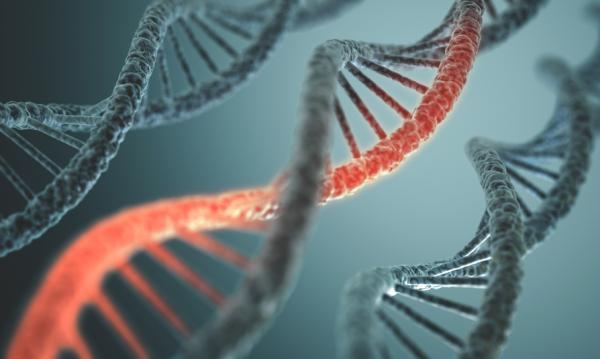
Non-hereditary ataxias
This type of condition has the peculiarity that it can develop at any time in a person’s life after having suffered some organic based disease or have been exposed to any stressful situation that triggers the symptoms of ataxia.
Unlike hereditary ataxias, non-hereditary ataxias are not the result of genetic transmission, but can be contracted due to other circumstances. Thus, there are cases in which the symptomatic picture does not appear even though a person may be a carrier of the genes that cause the condition.
When do ataxia symptoms appear?
How does ataxia start? Despite the characteristics described above, we must know that ataxias They do not develop in the same way in all cases Sometimes the origin of symptoms begins in the first years of life, which can affect motor coordination, eye movements, walking, and fine and gross motor skills. On other occasions, however, the onset of these problems may occur in later periods of life and their condition may be greater or lesser in each person.
However, in all cases the diagnosis must be made by a specialized mental health professional who evaluates the clinical qualities of each patient according to aspects such as age, genetic background or pre-existing diseases, among others.
This article is merely informative, at PsychologyFor we do not have the power to make a diagnosis or recommend a treatment. We invite you to go to a psychologist to treat your particular case.
If you want to read more articles similar to Types of ataxia and their characteristics we recommend that you enter our Neurosciences category.
Bibliography
- Betancourt Fursow, Y., Jiménez León, JC, Jiménez Betancourt, CS (2013). Acute ataxias in childhood. Update Magazine in Childhood Neurology IV, 73 (1), 30-37.
- Palencia, R., Galicia, G., Alonso Ballesteros, MJ (2004). Hereditary ataxias. Magazine of the Bolivian Society of Pediatrics, 44 (188), 120-127.

